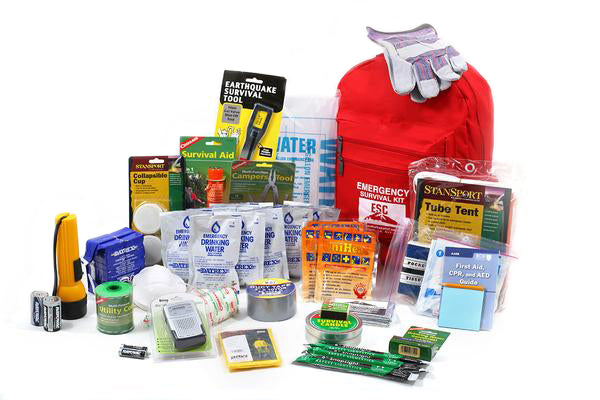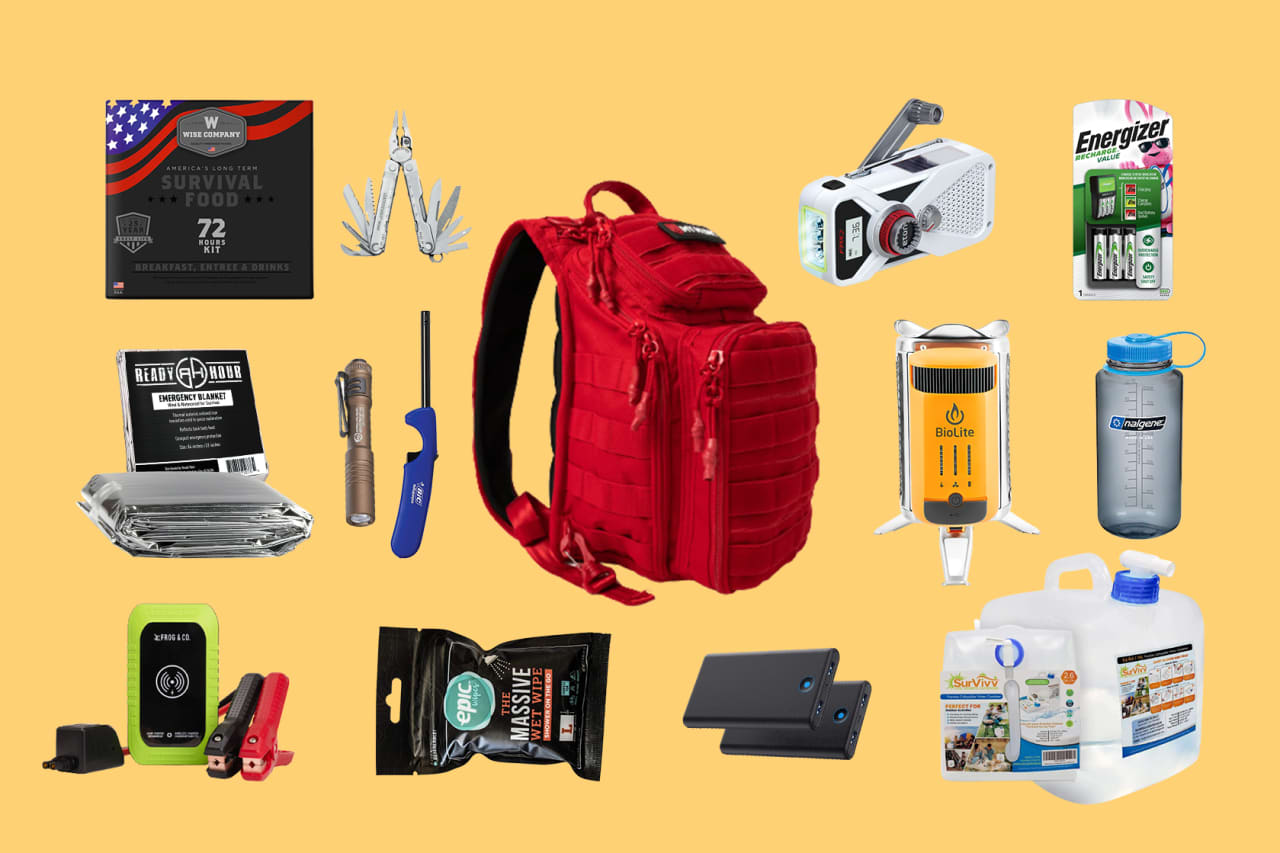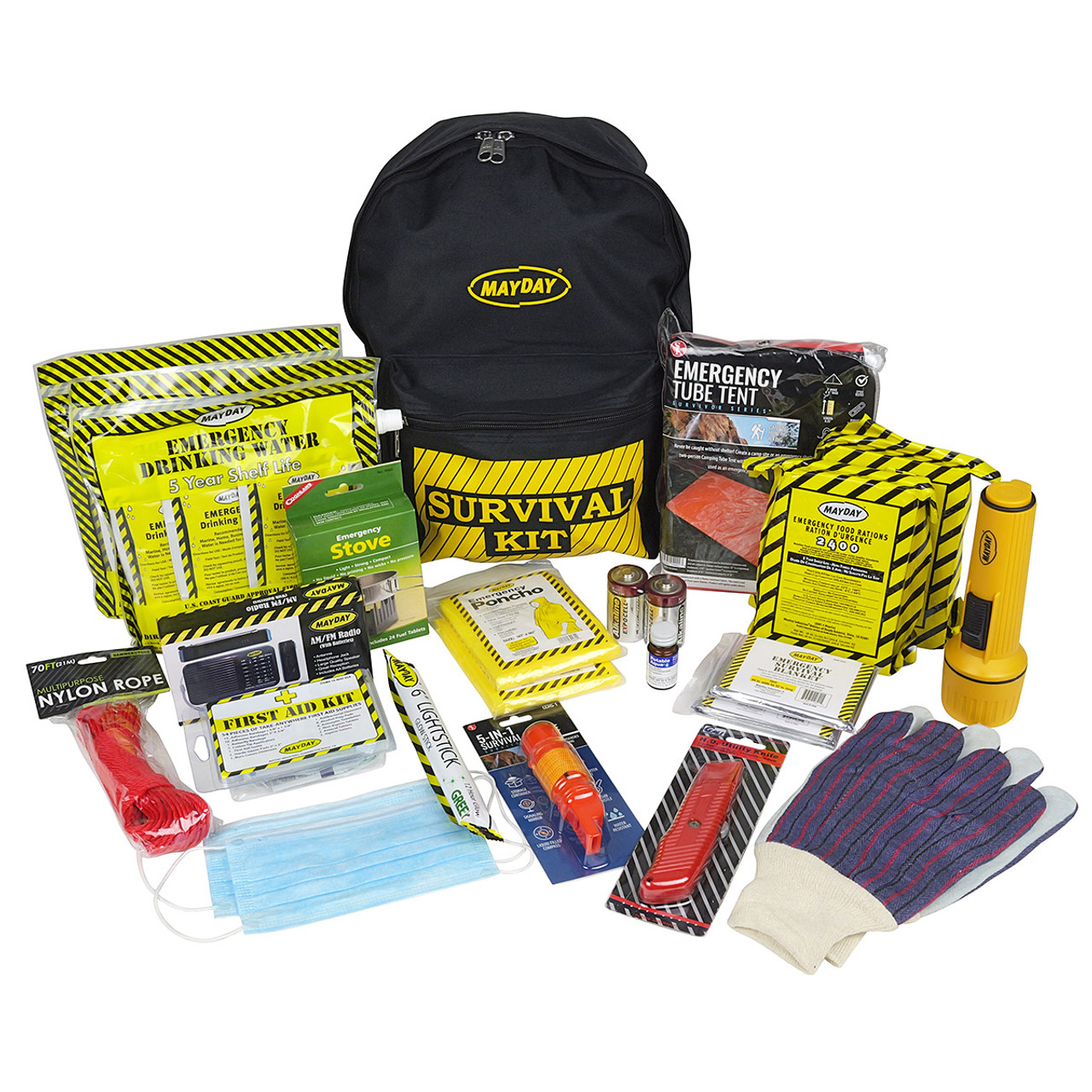Plan for the Unanticipated: Emergency Preparedness Facilitated
Essential Emergency Situation Preparedness Tips for Survival
From setting up a well-equipped emergency package to establishing clear interaction channels and emptying routes, there are a number of crucial actions that can make a significant difference in the face of difficulty. By proactively resolving these key elements of emergency situation preparedness, you can significantly improve your opportunities of survival in challenging circumstances (EMERGENCY PREPAREDNESS).
Structure an Emergency Set

Start by including non-perishable food things like tinned items, granola bars, and dried out fruits that have a lengthy rack life and do not need cooking. Remember to load a guidebook can opener. In addition, shop at least one gallon of water each per day for a minimum of three days in tough containers.
Standard initial help materials are important. Include items such as adhesive tapes, disinfectant wipes, discomfort relievers, and any essential prescription drugs. A flashlight with additional batteries, a multi-tool, and a whistle ought to also remain in your set. Keep duplicates of essential documents like recognition papers, insurance policies, and emergency situation contact details in a water resistant container. By putting together a well-balanced emergency situation kit, you can much better prepare yourself for unanticipated events and raise your possibilities of staying risk-free during a dilemma.
Establishing an Interaction Plan
Setting up an emergency situation kit with crucial supplies sets a strong structure for preparedness; now, transforming to the growth of a communication plan is vital for ensuring effective sychronisation and details circulation during times of crisis. A well-balanced interaction strategy is essential for keeping individuals notified, attached, and secure in emergency situation situations. Start by establishing a chain of communication that consists of member of the family, next-door neighbors, and pertinent authorities. Ensure that everyone understands exactly how to reach each other and assign an out-of-town get in touch with as a main factor for details sharing. Make use of numerous interaction approaches such as text, telephone call, social media sites, and emergency situation sharp systems to ensure information gets to everybody quickly. Practice your communication plan on a regular basis to make certain every person recognizes their duties and duties. Furthermore, think about aspects like language barriers, ease of access requirements, and technological limitations when creating your communication method. An efficient communication plan can make a substantial distinction in handling emergencies efficiently and guarding the wellness of all included.

Establishing Discharge Courses
To guarantee reliable emergency situation reaction and precaution, establishing clear emptying courses is paramount in preparedness preparation. Discharge routes ought to be predetermined and connected to all people in a given area to guarantee a swift and arranged discharge in times of dilemma. When developing evacuation paths, it is vital to consider numerous alternatives to make up different situations, my explanation such as fires, floodings, or various other emergency situations that might block main retreat routes.
The chosen evacuation routes need to lead to marked safe areas where individuals can seek shelter and await more guidelines or assistance (visit this website). These routes must be well-marked and quickly available, thinking about the needs of all individuals, consisting of those with disabilities or wheelchair constraints. Regular drills and method runs along these emptying courses can help familiarize people with the getaway courses and ensure a more effective emptying procedure throughout actual emergencies
In addition to physical emptying paths, it is crucial to have alternative communication techniques in location to relay discharge guidelines and updates effectively. By establishing and frequently examining emptying paths, areas can boost their total emergency situation readiness and feedback capacities.
Learning Basic Emergency Treatment
One essential aspect of emergency situation readiness is obtaining knowledge in basic initial help procedures. In times of crisis or disaster, having the ability to supply immediate medical aid can make a considerable difference in conserving lives. Discovering fundamental first help furnishes individuals with the abilities to examine and respond to common injuries and clinical emergencies properly.
Fundamental first help training generally covers essential strategies such as CPR, injury care, bandaging, splinting, and identifying indications of shock or respiratory system distress. find more information. Comprehending how to administer these basic treatments properly can support a person's problem till expert medical help arrives
In addition, having a standard initial aid kit readily offered is vital in emergency situations. The package needs to include necessary supplies like bandages, disinfectant wipes, gauze pads, sticky tape, handwear covers, tweezers, and scissors. Understanding how to make use of these products correctly can prevent infections, quit bleeding, and give comfort to those in need.
Safeguarding Essential Documents

Final Thought
Finally, being planned for emergencies is critical for survival. Developing an emergency set, developing an interaction plan, developing discharge paths, learning fundamental emergency treatment, and safeguarding essential records are vital actions to take. By being positive and taking these actions, individuals can boost their chances of staying secure and being able to browse via unexpected scenarios effectively. It is essential to prioritize emergency readiness to ensure readiness for any type of possible crises that may develop. EMERGENCY PREPAREDNESS.
From putting together a fully equipped emergency set to establishing clear interaction networks and emptying paths, there are a number of critical actions that can make a significant difference in the face of adversity.To guarantee effective emergency reaction and safety steps, establishing clear emptying routes is critical in preparedness planning. When developing discharge courses, it is crucial to take into consideration numerous alternatives to account for various situations, such as fires, floodings, or other emergency situations that might block primary escape courses.
Normal drills and method runs along these emptying routes can aid acquaint people with the escape courses and make sure a much more efficient discharge procedure during real emergency situations.
Constructing an emergency package, establishing an interaction strategy, developing emptying courses, finding out basic initial aid, and securing crucial papers are necessary actions to take.